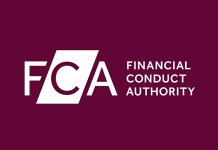By Flora McFarlane. The majority of large asset managers are opting to absorb research costs rather than pass them onto clients, but investors must investigate those costs warns the Pensions […]
Home Organisation type Buy side PLSA: Absorbed research costs must not impede transparency for investors












